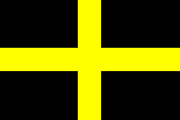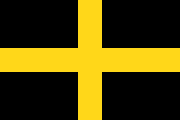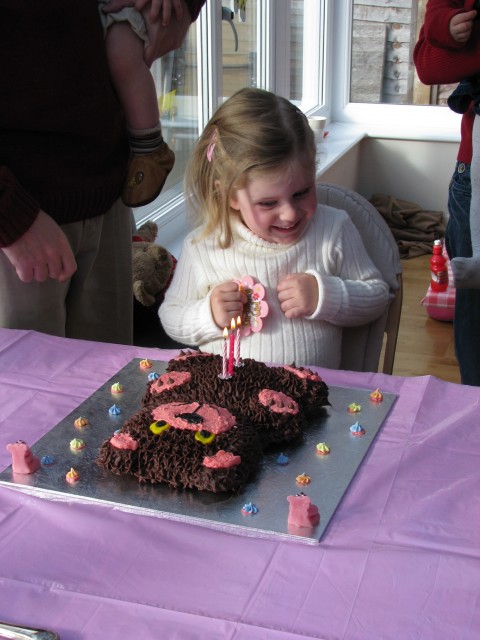
Pancake Day

6 Easy St Patrick’s Day and Shamrock crafts

Saint David’s Day is the feast day of Saint David, the patron saint of Wales, and falls on 1 March each year.
In remembrance of the death of Saint David on that day in 589, March 1st was chosen , and has been celebrated by followers since then. It was declared a national day of celebration in Wales in the 18th century.
Table of Contents
What do they do?
Welsh people enjoy celebrating with a range of musical, sporting and cultural events. On St David’s Day, children participate in school concerts or eisteddfodau, with recitation and singing or music being the main activities. In many towns and villages an annual parade is held. Concerts are held in pubs, clubs, and many other venues.
Symbols of Celebration
Welsh people wear one or both of the national emblems of Wales on their shirts to celebrate St. David.
- The daffodil which is a generic Welsh symbol (these flowers are in season during March)
- The leek which is Saint David’s personal symbol
In South Wales, men usually wear leeks while girls wear daffodils. In North Wales the daffodil is the more common symbol chosen. Younger girls sometimes wear traditional Welsh costumes to school. This consists of a long woollen skirt, a white blouse, a woollen shawl and a Welsh hat.
The flag of Saint David often plays a central role in the celebrations and can be seen flying throughout Wales. The Flag of St David is normally a gold cross on a black field.
Traditional Food
Cawl is often prepared and consumed on St. David’s Day. It is a traditional Welsh stew-like dish consisting of meat and vegetables. The ingredients may vary, but usually includes lamb and leeks. The word Cawl is translated as soup in modern day Welsh.

I am a preschool and primary school teacher and mum to 3 children. I have been involved in education since 1997 and have trained in a variety of educational specialist areas. It is with this expertise that I write articles to help parents and educators provide quality learning experiences for the children in their care.





